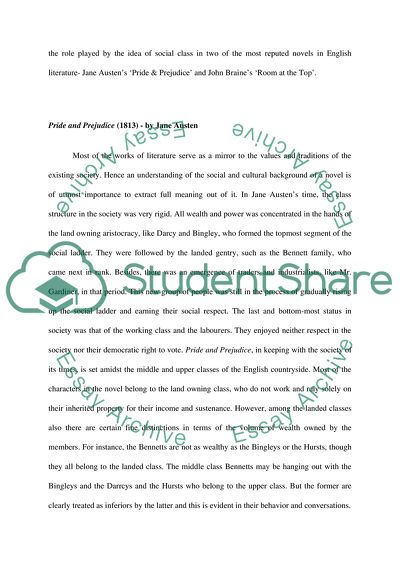Role Played by Social Class in Pride & Prejudice and Room at the Top Book Report/Review Example | Topics and Well Written Essays - 3000 words. https://studentshare.org/literature/1828123-humanities-title-what-role-does-social-class-play-in-pride-prejudice-and-room-at-the-top
Role Played by Social Class in Pride & Prejudice and Room at the Top Book Report/Review Example | Topics and Well Written Essays - 3000 Words. https://studentshare.org/literature/1828123-humanities-title-what-role-does-social-class-play-in-pride-prejudice-and-room-at-the-top.


